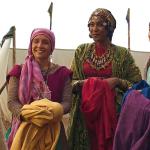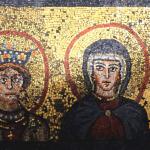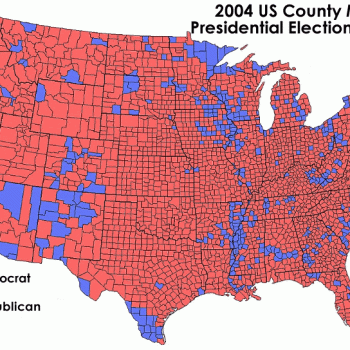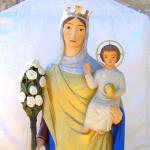The Role of Women in the Early Church – Part 2
The Women Who Followed Jesus
The ancient world was “male-centered.” Most cultures have been patriarchal. To simply condemn these cultures by our 21st century standards does not seem helpful and is not my focus here.
Women were simply not counted in the first century Jewish world:
“…there must be ten men present to begin a synagogue service; the testimony of a woman was insignificant in court; and women were not allowed to study Torah.” The Roman world had their own ways to push women to the side. [-1-]
This section will focus on the women who followed Jesus. In addition, we will look at the role these women played in His ministry. In am using two excellent scholars: Carla Ricci and Richard Bauckham. [-2-]
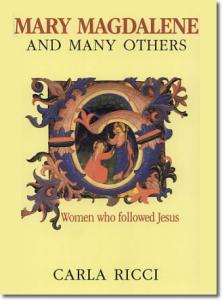 Amazon: Carla Ricci (1994) |
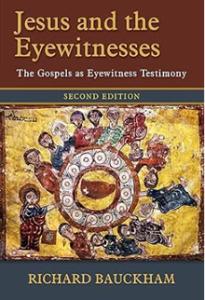 Amazon: R. Bauckham (2017) |
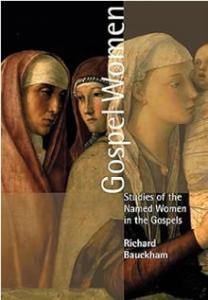 Amazon: R. Bauckham (2002) |
Women in the Life and Ministry of Jesus
It is easy to miss the importance of women in the life and ministry of Jesus. Yet a close reading of the gospel material reveals that Jesus welcomed women into His circle. Some of his methods went against the culture of His day.
-
The Resurrected Jesus was Revealed First to Women
This is the most obvious literary witness pointing to the importance of women in the life and ministry of Jesus. The resurrection was revealed first to the women. In all four gospels it was the women who first saw (or heard from an angel) that Christ had been raised from the dead. In addition, it was the women who were first given the commission to “go and tell.” [-3-]
This is quite important when you consider ancient culture, and especially the first century Jewish world. A woman’s testimony was not valid in legal matters. Luke most clearly reports that the disciples did not believe the women and their report of the resurrection:
It could be argued that Jesus first appeared to the women because the men were hiding from the Romans. The men would have been seen as a possible threat of violence. At the same time, the women were simply going about their domestic duties of cleaning and dressing the body of Jesus after His death.
While this is certainly true, Jesus could have easily appeared first to the disciples (as He eventually did later), simply walking through the walls of the house (Luke 24:36). The gospel evidence seems to indicate that He intentionally appeared to the women first.
-
Jesus Reached Out to Women…to Follow Him
A subtle, yet revealing text in Matthew’s gospel describes the crowd when Jesus fed thousands of people:
not counting women and children. Matt 14:21 [-4-]
This neglect of counting the women is easily missed by many readers (I read past it without much thought for years). Yet, there are numerous references to women interacting with, and following Jesus. Luke makes an interesting comment that should be held in contrast with Matthew’s account:
Only three women are named, but Luke says there were “many others.” We know at least 8 named women who followed Jesus from the four gospels: Mary Magdalene, Mary and Martha (sisters of Lazarus); Mary, the wife of Clopas; Mary, the mother of James and Joseph; Mary (mother of Jesus) and Salome. This short list of named women includes five named “Mary,” a very common name in first century Judea. [-6-]
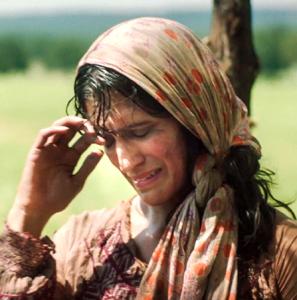
Luke says there were “many others” who followed Jesus.
Here is quick list of “other” women mentioned, but not named:
Peter’s mother-in-law (Luke 4:38); the woman with the issue of blood (Mark 5:25ff; Luke 8:43ff), the Canaanite woman with the demon-possessed daughter (Matt 15:22ff), the raising of the widow’s only son (Luke 7:12ff), the woman who anointed Jesus, kissing His feet and wiping His feet with her hair (Luke 7:37ff; there were likely two very similar events), the crippled woman bound for 18 years (Luke 13:11ff), the woman at the well (John 4:7ff), and the woman caught in adultery (John 8:3-11) [-7-].
It is fairly safe to say that at least some of these unnamed women would have followed Jesus to some extent, even if only when He was in their region. Given the historical caveats of how women were marginalized, it makes the inclusion of women in the life and ministry of Messiah Jesus even more daring…and more important. “Many others” followed Jesus. (Luke 8:3)
3. The Women Followed Jesus from the Beginning…to the End
Luke 8:1-3 makes it clear that women were included in the first followers of Jesus during His ministry in Galilee. It is common knowledge that the first year of His public ministry was mainly in the region of Galilee, in northern Israel. So a small group of women were with Jesus from the beginning.
At the end of Luke’s gospel the women find the empty tomb and angels say to them:
Luke’s gospel has a special focus on women. He opens the ministry of Jesus in Luke 8 with the women, then ends his gospel with the women at the empty tomb, forming an inclusio. [-8-]
-
Jesus Broke the Rules – Regarding Women
Jesus broke the rules of first century Judaism and the traditions of the Pharisees:
– He and the disciples did not wash their hands.
– He allowed the disciples to pick grain on the Sabbath.
– He healed on the Sabbath.
– He went to social gatherings with “sinners” and was accused of being their friend.
– He touched lepers.
– He touched a dead person. (Mark 5:41)
– He touched a coffin with a dead body in it. (Luke 7:14)
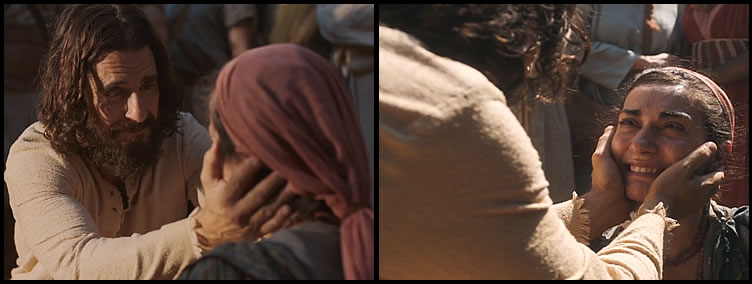
Perhaps more daring (and damning for the Pharisees), Jesus broke the rules regarding women:
– He allowed women to follow Him, even traveling with Him and the men. (Luke 8:1-3)
– He actively taught women as their rabbi. (Luke 10:38ff)
– He touched women. (Matt 8:15)
– He allowed women to touch Him. (Luke 7:38ff; John 12:3ff; Matt 28:9)
The Role of the Women Who Followed Jesus
What role did the women have as they followed Jesus?
What were they doing? Cooking and waiting on the men? Or maybe teaching the children as they travelled? Once again, we turn to the text in Luke 8:1-3. The last phrase in these verses: These women were helping to support them out of their own means.
Jewish women would not normally travel with men outside their family. AND to support those men with their own means is really not normal. The life they were called to was an unusual situation. Jesus called the men saying “follow me” which was the abandonment of home, family and occupation. Luke 8:1-3 is evidence that Jesus called the women to the same lifestyle, to “behave in a significantly countercultural way with regard to material resources.” Luke’s presentation points to the possible inclusion of the women when the seventy-two are sent out. [-9-]
Summary Remarks
The first people to have faith in the resurrected Jesus? Women…so women were the first “Christians.”
The first to “Go and tell?” The women…so women were the first “missionaries,” the first “apostles” [Gk: sent ones].
The role of women in primitive Christianity is not my area of specialty. However, any study of primitive Christianity must begin with Jesus and we have seen an overview that clearly shows the importance of women in His circle of followers.
In the next section I will focus on the women in the orbit of the apostle Paul. There are some surprises hidden in his letters just like what we have found in the gospels.
I will focus on Mary Magdalene in a future section. There is probably no other woman in primitive Christian history that gets more attention…much of the attention has been sensationalized. I will attempt to give Mary Magdalene a fair hearing. We will look at some interesting data from the gospel material and we will take a quick look at the extra-biblical documents that reference her.
NOTES:
- Mary Magdalene and Many Others: Women Who Followed Jesus, Carla Ricci (Fortress Press 1994), p.23 for the quote regarding Jewish law. For the Roman world Ricci points to a text by Pliny the Elder where he mentions that medical writings by female doctors would be intentionally hidden, see p.20n1.
- Gospel Women: Studies of the Named Women in the Gospels, by Richard Bauckham (Eerdmans 2002) and Jesus and the Eyewitnesses: The Gospels Eyewitness Testimony (Eerdmans 2008) also by R. Bauckham. Bauckham cites Ricci 4-5 times in both of these works.
- Matt 28:1-10; Mark 16:1-7; Luke 24:1-8; John 20:11-18. For “go and tell:” Matt 28:7; Mark 16:7; John 20:17.
- The same Greek word [choris – “without”] is used in Matthew 15:38. Luke simply counts the men and does not mention women at all, Luke 9:14. These texts show a “patriarchal and androcentric language-structure” that reveals an “absence of women and a silence applied, generally if not completely, to them.” Ricci, p.20.
- This is the text that led Ricci in her study.
- Bauckham (Eyewitnesses, p.71) uses four ancient sources to estimate the most common names in first century Judea: 28.6% of the women were named either Mary or Salome, p.72. He comments on the difficulty of one “Mary”:
“The persistent attempts…to explain the variations in Mark’s lists of the women by postulating different sources are unconvincing and unnecessary.” p.50n43 The most common names in first century Palestine came from the Hasmonean family that ruled Israel after the Maccabean revolt, p.74-75.
- Although this famous story is not attested in the earliest MSS, it does appear that Eusebius mentions this story [E.H. III.39.17] as appearing in the Gospel to the Hebrews. This was possibly an early version of Peter’s testimony.
- Inclusio: a literary device where something occurs in the beginning and at the ending of a document or passage, Gospel Women, p.186. Jerome Murphy-O’Connor takes Bauckham to task in his review [Revue Biblique, Vol. 114, No. 4 (OCTOBRE 2007), pp. 621-630] claiming “Bauckham simply does not know what an inclusio is” (p.625). O’Connor failed to see Bauckham’s caveats along the way: “If this device…is intended” in Mark’s gospel (p.125) and calling the device in John’s gospel “quite elaborate” (p.393). Bauckham is introducing evidence and possibilities, not proof of eyewitness testimony. But his use of inclusio in Mark and John are contrasted with what Bauckham says is “a distinctive feature of Luke’s story (p.129 in the section subtitled “Luke’s Inclusio of the Women”).
- The quote is Bauckham, Gospel Women, p.114. Bauckham sees the women included in the seventy-two, p.192.
About the Author
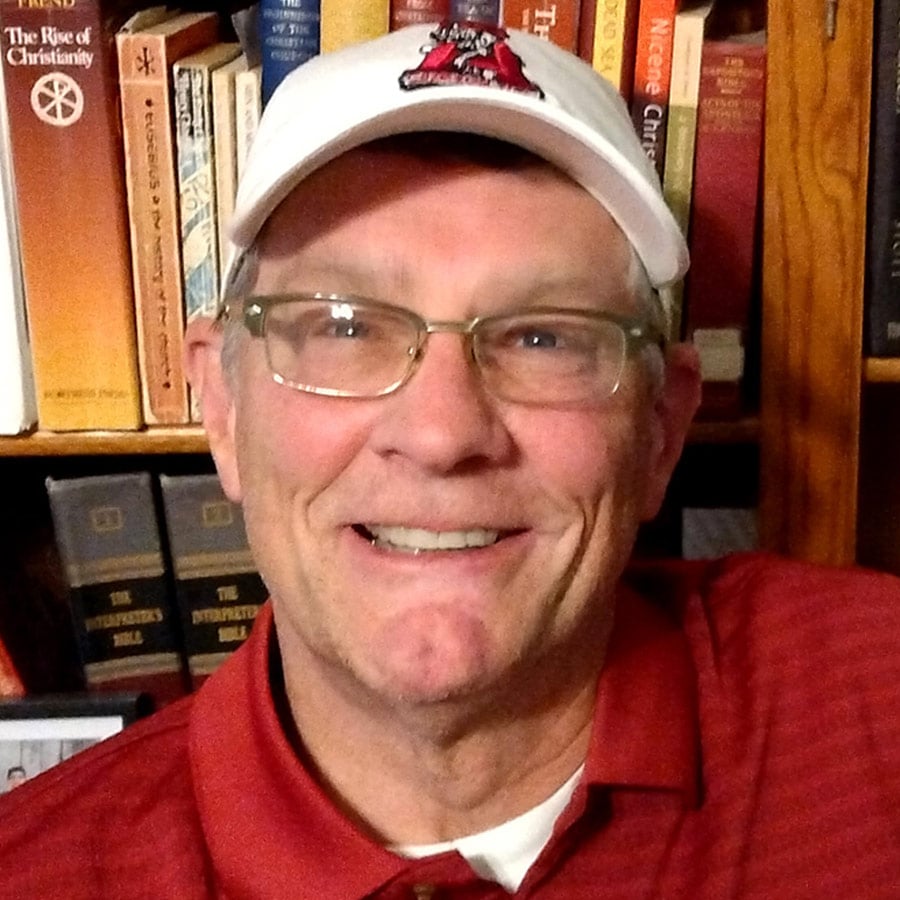
Al Baker has served 20+ years as a pastor (university pastor and local church), was an adjunct then an associate professor of Philosophy and Religion at Saint Augustine’s University in Raleigh NC for six years.
After serving as the university pastor of Chi Alpha (Assemblies of God) at the University of Alabama for 11 years, he moved his family to St Andrews, Scotland. In 2001 Al Baker completed a Ph.D. in Early Church History at the University of St Andrews.
In 2005 he started churchhistory101.com, surpassing 1 million unique visitors in 2016. On that site there are several articles on different aspects of early Christianity and two PDF eBooks you can download. Read more.


